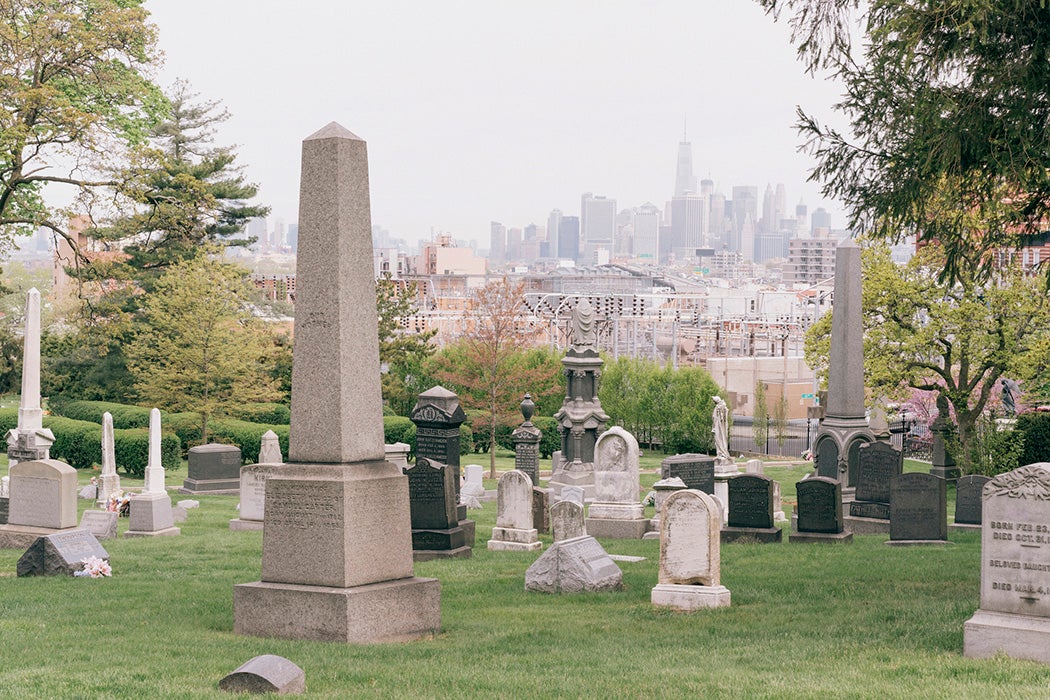The United Nation has deemed the 2020s as the decade of ecosystem restoration. While restoration efforts often take place at a grand scale—forests, national parks, or lakes—a new study based in New York City describes how the city itself can play an active role in restoration.
The authors of the study, Joseph Charap, Sara Evans and Frank S. Rossi, describe the city’s juxtaposition within the natural environment. “A plane flying low into LaGuardia International Airport offers its passengers a view of the city’s expansive network of yards and parks, roads and parking lots. After generations of urbanization, New York City’s tree canopy represents a mere 21 percent of its land cover”.
Climate change is already impacting New York City with persistent flooding, and the coastal city is naturally low lying, composed of marshes and wetlands. Furthermore, as temperatures rise due to climate change, urban areas will warm faster than their rural counterparts.
Green-Wood cemetery is a large, historical cemetery in New York City, and one of the oldest in the United States. It is naturally a grassland ecosystem, home to many ornamental trees and shrubs that contribute to the city’s urban forest, and a diverse, species rich environment. The plethora of grasses benefit soil stability and provide habitat for various insects and animals. But there are many improvements that can be made to strengthen this environment, now and in the future.
In an intelligent grassland management approach, the authors argue that management needs to start at the seedling level. Planting native species can help establish them in the seedbank, with the hopes that over time, they will outcompete invasive or non-native grasses. These native grasses are well adapted to the naturally wet environmental conditions, and could aid in pollinator survival.
Most cemeteries are mowed for aesthetic and functional reasons, but frequent mowing can impact soil stability and decrease habitat availability, as well as create emissions of 200,000 pounds of carbon dioxide annually, requiring 10,000 gallons of gas.
Weekly Newsletter
Climate-smart mowing is when practitioners mow less frequently, a small act with big implications. Studies have shown that mowing less often has led to increased species richness over time.
Lastly, no restoration project is complete without raising awareness for the project. The authors conclude: “This shift can help the public see that green vegetation is everywhere: in parks and gardens, on playing fields, and in cemeteries. The urban grassland concept unites all these patches of green and makes them part of a dynamic landscape.
Editor’s note: Our own Matthew Wills walks almost every day in Green-Wood Cemetery. You can read all about it in his blog, Backyard and Beyond.







